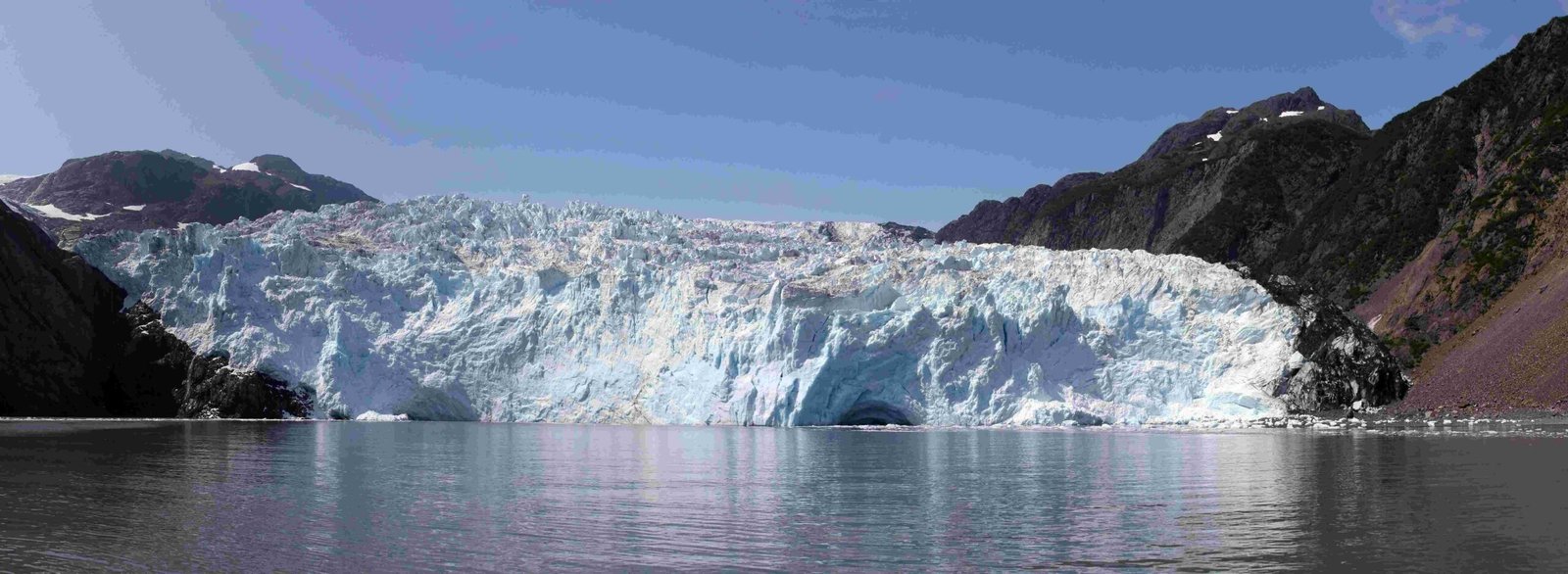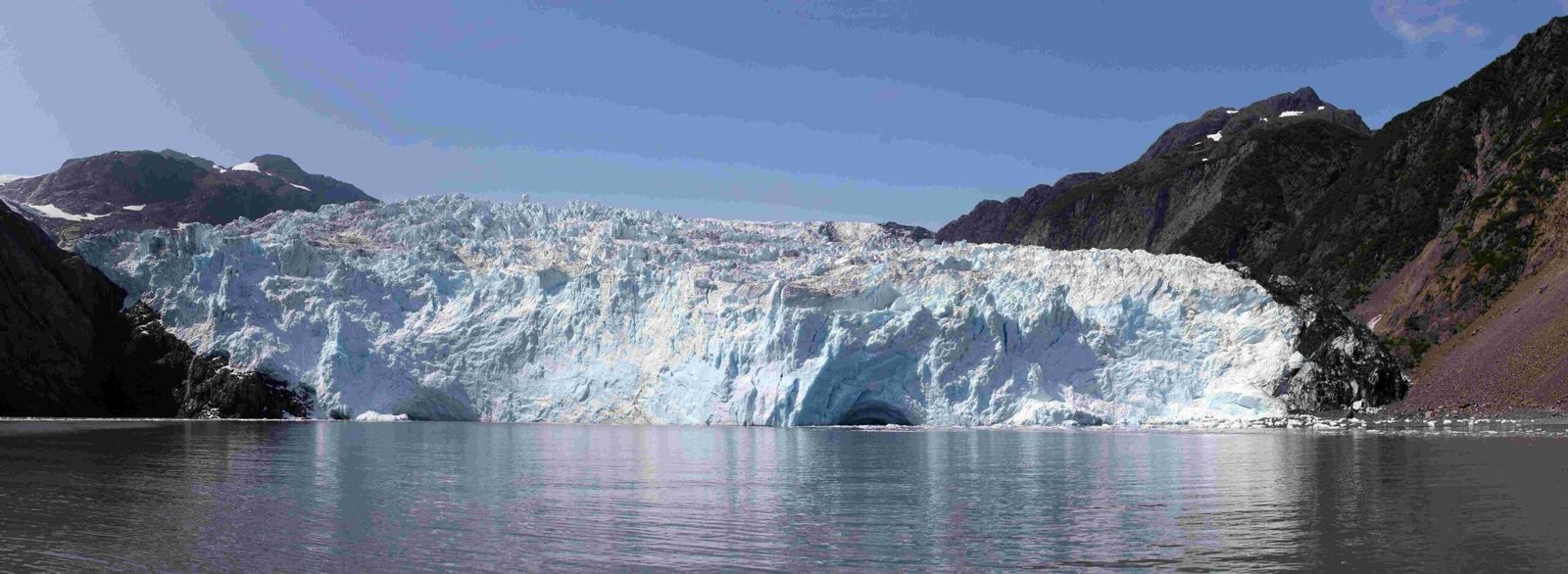Glacier National Park offers a breathtaking wilderness experience with its rugged mountains, pristine lakes, and diverse wildlife. This guide provides a comprehensive overview of adventure travel in Glacier National Park, including hiking trails, safety tips, and logistical information. From the iconic Going-to-the-Sun Road to hidden backcountry gems, discover the best ways to explore this natural wonder.
What Makes Glacier National Park a Prime Adventure Travel Destination?

Glacier National Park, located in Montana’s Rocky Mountains, is a paradise for adventure seekers. With over 1 million acres of wilderness, including 700 miles of hiking trails, 130 named lakes, and diverse ecosystems, the park offers endless opportunities for exploration and adventure. The park’s unique geology, formed by ancient glaciers, has created a landscape of jagged peaks, U-shaped valleys, and crystal-clear lakes that attract visitors from around the world.
How Can You Plan a Three-Day Adventure in Glacier National Park?

Day 1: West Glacier and Lake McDonald
- Morning: Begin with a sunrise at Lake McDonald, followed by a hike on the Trail of the Cedars and Avalanche Lake (4.5 miles round trip, 757-foot elevation gain).
- Afternoon: Explore Apgar Visitor Center and enjoy scenic views around Lake McDonald.
- Evening: Stargaze or watch for Northern Lights if conditions permit.
Day 2: Going-to-the-Sun Road and East Glacier
- Morning: Drive the Going-to-the-Sun Road, stopping at Logan Pass. Hike the Highline Trail (11 miles) or Hidden Lake Overlook (2.7 miles round trip).
- Afternoon: Visit Many Glacier area, take a boat tour on Swiftcurrent Lake and Lake Josephine.
Day 3: Many Glacier
- Morning: Watch sunrise at Swiftcurrent Lake, hike Sun Point Nature Trail (1.6 miles round trip).
- Mid-Morning: Hike to St. Mary and Virginia Falls (1.7 miles round trip).
- Afternoon: Explore Many Glacier area, consider longer hikes like Cracker Lake or Grinnell Glacier.
What Are the Must-Do Backcountry Hikes in Glacier National Park?
| Trail Name | Distance | Elevation Gain | Notable Landmarks |
|---|---|---|---|
| Highline Trail | 11 miles | Minimal (900 ft to overlook) | Mountain views, meadows |
| Hidden Lake Trail | 5 miles (to lake) | 1,350 ft (to lake) | Hidden Lake, wildlife |
| Grinnell Glacier Trail | 7.6 miles round trip | Significant | Grinnell Glacier, Lake Josephine |
| Iceberg Lake Trail | 9.7 miles round trip | 1,275 ft | Iceberg Lake, wildflowers |
| Pitamakan-Dawson Loop | 17.2 miles | 3,641 ft | Alpine lakes, panoramic views |
What Safety Precautions Should Adventure Travelers Take?
- Always carry bear spray and know how to use it.
- Be prepared for sudden weather changes with appropriate layers and gear.
- Acclimatize to high altitudes to prevent altitude sickness.
- Make noise while hiking to avoid surprising wildlife.
- Stay on designated trails and practice Leave No Trace principles.
When Is the Best Time to Visit Glacier National Park?
The best time for adventure travel in Glacier National Park is from late June to early September. This period offers:
- Open trails (many are snow-covered until late June)
- Warmer temperatures (average highs of 70-80°F)
- Longer daylight hours for extended hikes
- Peak wildflower blooms in July and August
However, this is also the busiest time. For fewer crowds, consider visiting in early June or late September, but be prepared for potential trail closures and cooler weather.
How Can You Navigate Transportation and Logistics in the Park?
Transportation Options:
- Rental Cars: Offer the most flexibility. Book in advance during peak season.
- Park Shuttle: Free service along Going-to-the-Sun Road (July to Labor Day).
- Guided Tours: Available for various activities, including hiking and boat tours.
Parking Tips:
- Arrive early at popular trailheads, especially Logan Pass and Many Glacier.
- Use shuttle services to avoid parking issues during peak times.
Costs and Reservations:
- Park Entry Fee: $35 per vehicle (valid for 7 days)
- Timed Entry Reservation: Required for certain areas during peak season
- Backcountry Permits: Necessary for overnight trips, available at backcountry offices
What Unique Wildlife Encounters Can Adventure Travelers Expect?
Glacier National Park is home to diverse wildlife, including:
- Grizzly and black bears
- Mountain goats
- Bighorn sheep
- Moose
- Elk
- Over 260 species of birds
To maximize wildlife viewing opportunities:
- Hike early morning or late evening when animals are most active.
- Bring binoculars for distant viewing.
- Visit areas like Many Glacier and Logan Pass, known for wildlife sightings.
- Always maintain a safe distance (at least 100 yards from bears, 25 yards from other wildlife).
How Can Adventure Travelers Minimize Their Environmental Impact?
- Follow Leave No Trace principles:
- Pack out all trash
- Stay on designated trails
- Use established campsites
- Use reusable water bottles and filters instead of buying bottled water.
- Participate in park-led conservation programs or volunteer opportunities.
- Choose eco-friendly tour operators and accommodations.
- Respect wildlife by observing from a distance and not feeding animals.
What Photography Tips Can Enhance Your Glacier National Park Adventure?
- Golden Hour: Capture stunning landscapes during sunrise and sunset.
- Wide-Angle Lens: Ideal for capturing vast mountain vistas.
- Tripod: Essential for low-light and long-exposure shots.
- Polarizing Filter: Enhances sky color and reduces glare on water.
- Weather-Sealed Gear: Protects equipment from unexpected rain or snow.
- Patience: Wait for wildlife or perfect lighting conditions.
Remember to respect park rules and wildlife while photographing.
Adventure travel in Glacier National Park offers a unique blend of natural beauty, physical challenge, and unforgettable experiences. By planning carefully, respecting the environment, and embracing the wilderness, travelers can create lasting memories in one of America’s most spectacular national parks.